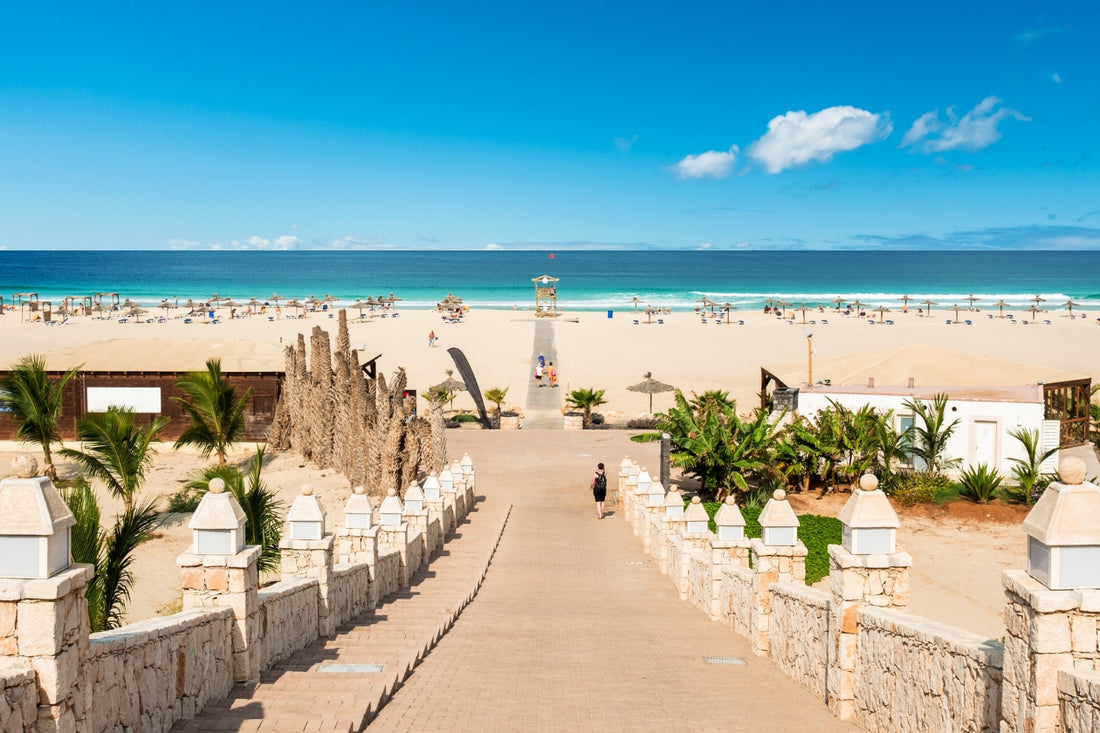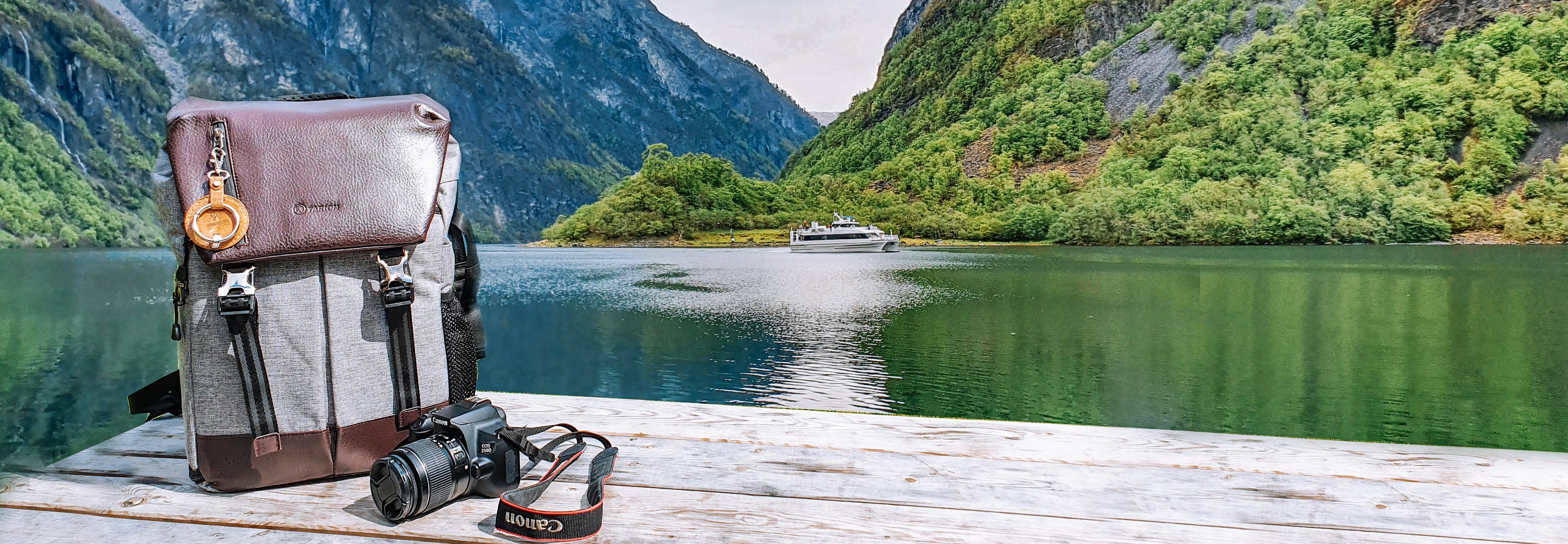
Cabo Verde - All you need to prepare the prefect trip
Share
Embarking on a journey to Cabo Verde promises an adventure unlike any other, a unique blend of African and Portuguese influences set against the backdrop of the Atlantic's azure waters.
This guide ensures you experience the very essence of these enchanting islands in a stress-free way.
We will give you all the practical information you need to fully enjoy every aspect of this archipelago, from the cobblestone streets of Cidade Velha to the rhythmic beats of Morna music, from the sun-kissed beaches of Sal to the rugged peaks of Santo Antão.
Whether you're drawn by the allure of its rich history, diverse culture, or the simple pleasure of its idyllic landscapes, this guide is your gateway to understanding and embracing the vibrant soul of Cabo Verde, ensuring a very well prepared trip.

Recent History of Cabo Verde
Cabo Verde, a captivating archipelago off the northwest coast of Africa, is known for its rich history that dates back to the 15th century.
This collection of 10 volcanic islands in the central Atlantic Ocean was uninhabited until it was discovered and colonized by the Portuguese in the mid-15th century.
It became a hub for the transatlantic slave trade and later an important coaling and re-supply stop for whaling and transatlantic shipping.
Since gaining independence in 1975, Cabo Verde has become a symbol of political stability and democratic governance in Africa.
Culture and Traditions
The culture of Cabo Verde is a unique blend of European and African influences. This is reflected in its music, particularly Morna – the most famous genre, which is characterized by its haunting and melancholic melodies.
The traditional dance forms, such as Funaná, Batuque, and Coladeira, are an integral part of the Cabo Verdean culture, showcasing a vibrant and rhythmic expression of their rich heritage.
Why Should You Visit Cabo Verde
Cabo Verde is an ideal destination for those seeking a blend of adventure, culture, and relaxation. Its diverse landscapes range from sandy beaches and turquoise waters to rugged mountains and serene valleys. The islands are also known for their vibrant music scene, friendly locals, and rich cultural heritage, making them a perfect getaway for travelers looking to experience something unique and authentic.
How Long to Stay
A stay of 7 to 10 days is ideal to experience the diversity of Cabo Verde. This allows enough time to explore multiple islands, each with its own character, and to enjoy various activities such as hiking, beach relaxation, and cultural exploration.
How to Get There
- Flying: The most common way to get to Cabo Verde is by flying. The country has several international airports, with the main one being Amílcar Cabral International Airport on Sal Island.
- By Ferry: Ferries connect the various islands and are a scenic way to travel between them, though service can be infrequent and dependent on weather conditions.
Entry Conditions
Visitors to Cabo Verde usually need a passport valid for at least six months and may require a visa, depending on their nationality. It's essential to check the latest entry requirements before traveling.
Not sure if you need a Visa? Check it here |
Best Time to Visit
Weather: The best time to visit Cabo Verde is between November and June when the weather is drier and cooler. The islands enjoy a temperate tropical climate with a warmer, wetter season from July to October.
Festivals: Cabo Verde's carnival, particularly the one in Mindelo on São Vicente Island, is a must-see. It takes place in February or March, right before Lent. The festival is known for its lively music, colorful costumes, and exuberant parades.
Useful Information
- Language: Portuguese is the official language, but Cape Verdean Creole is widely spoken.
- Currency: The Cabo Verdean escudo (CVE) is the currency.
- Bank Transactions: ATMs are widely available, and credit cards are accepted in major hotels and restaurants.
- Type of Sockets: European standard sockets (type F) are used.
- Internet Access: Internet access is widely available, especially in tourist areas and major towns.

What to Pack
Pack light and breathable clothing, a good pair of walking shoes, sun protection, and a swimsuit. Also, consider a light jacket or sweater for cooler evenings.
Best Way to Visit
A road trip across the islands or staying in the city centres both offer unique experiences. Road trips provide freedom and flexibility, while city centres offer cultural immersion and convenience.
Is it a Family-Friendly destination?
Cabo Verde is family-friendly, offering a safe environment, welcoming locals, and activities suitable for all ages, from beaches to cultural sites.
What to Visit
Highlights include the vibrant city of Mindelo, the stunning beaches of Sal and Boa Vista, the hiking trails of Santo Antão, and the historical sites of Santiago.
What to Eat
Cabo Verdean cuisine is a delicious blend of African, Portuguese, and Brazilian influences. Must-tries include Cachupa (a hearty stew), fresh seafood, and pastries like Pastel com diablo dentro.
UNESCO Heritage
The Cidade Velha, the historic center of Ribeira Grande on Santiago Island, is a UNESCO World Heritage site, known for its colonial-era buildings and historical significance.
Myths and Reality
There are many myths about Cabo Verde, like its islands being uninhabited paradises. While they are beautiful, they are also vibrant, culturally rich communities with a lively history.
Sustainability
Cabo Verde is increasingly focusing on sustainable tourism, aiming to preserve its unique environment and culture while welcoming visitors. Efforts include promoting eco-friendly practices and protecting its diverse ecosystems.



